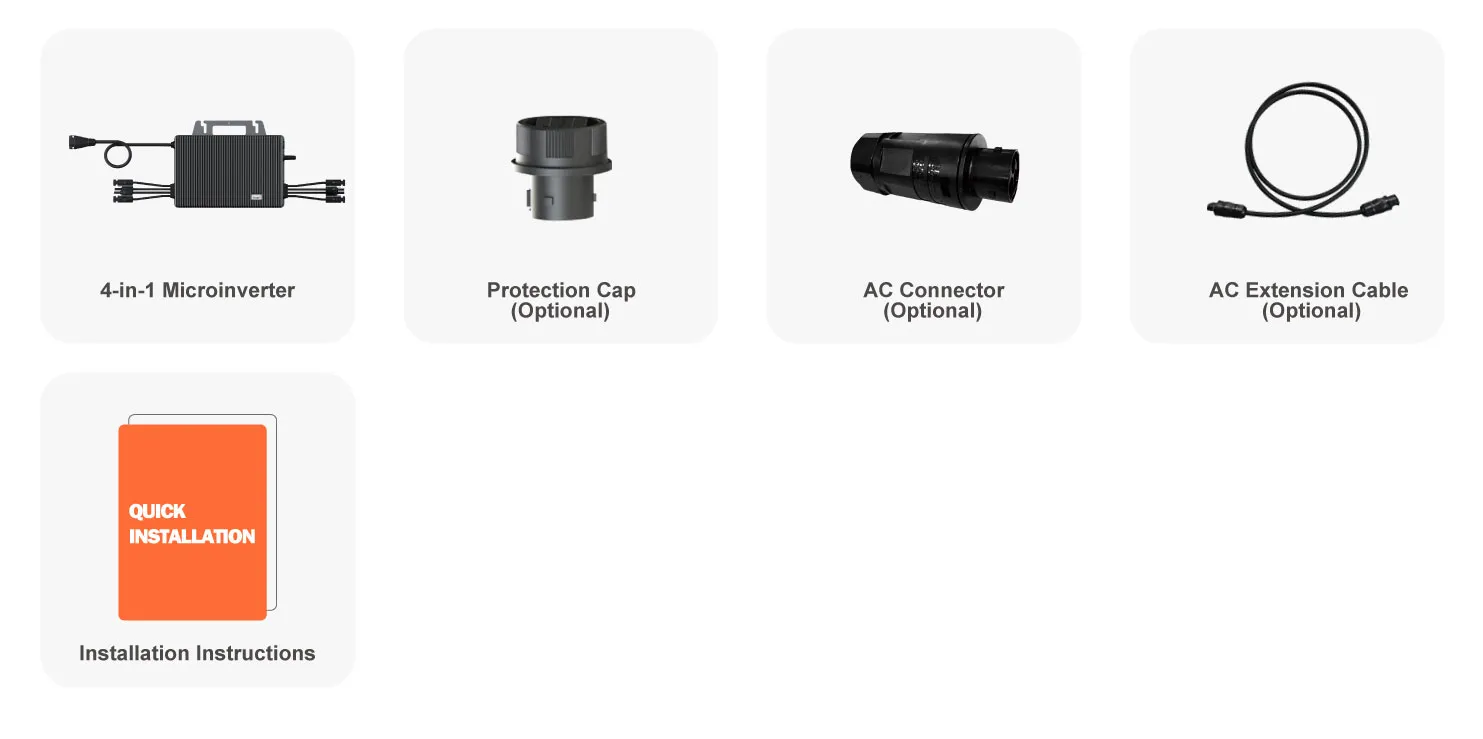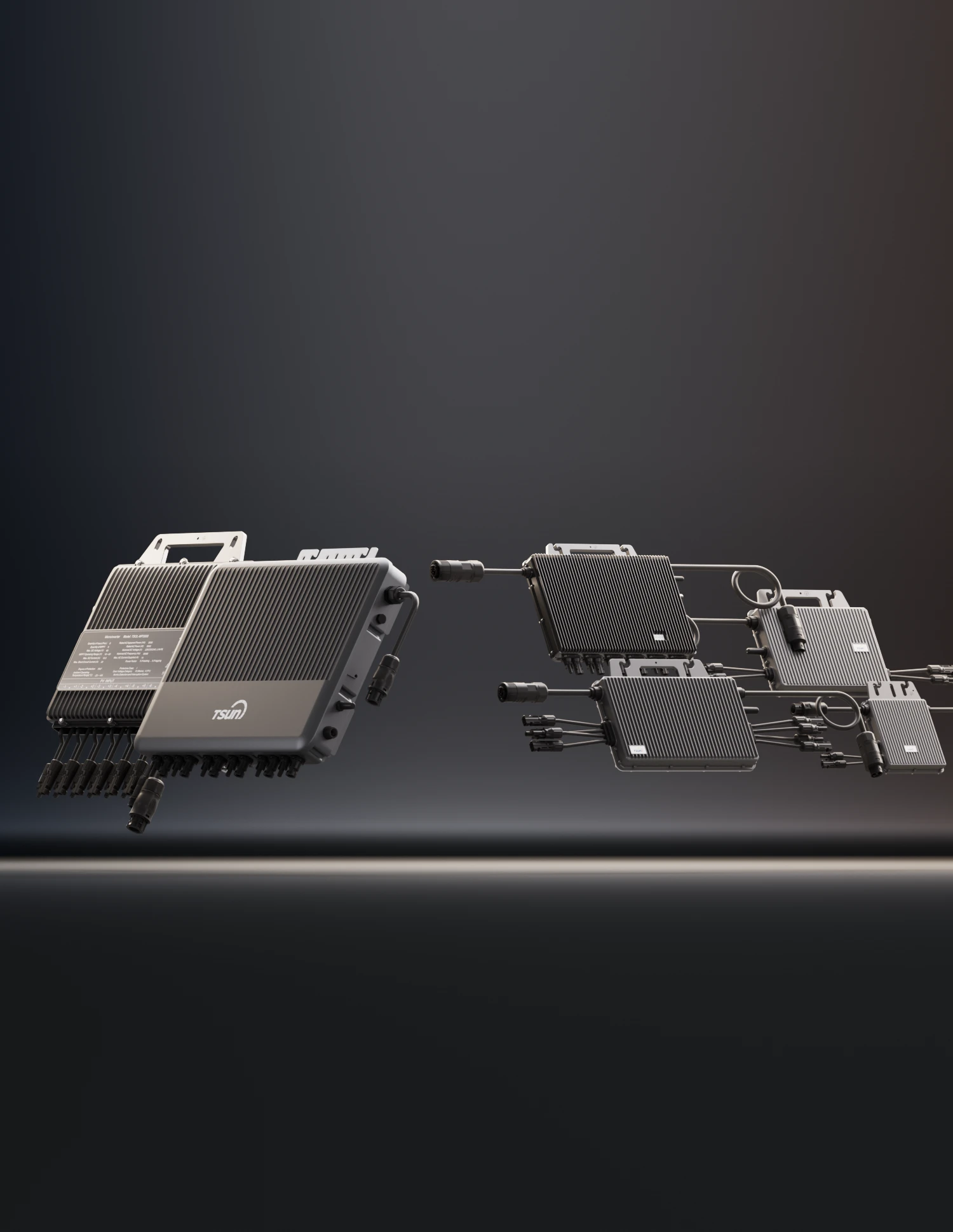Choosing the right photovoltaic system is crucial for optimizing solar power production. Two leading technologies,
microinverters and power optimizers, stand at the forefront of this decision-making process. Both have unique attributes that make them suitable for different solar installations, thus requiring a deeper understanding based on real-world experiences and expert insights.

Microinverters are devices built for direct current (DC) to alternating current (AC) conversion at the module level. This decentralized approach offers distinct advantages. Each solar panel operates independently, allowing for optimal performance even in partially shaded environments, making it an ideal fit for installations where shading and roof angles vary. Field data consistently show that microinverters significantly minimize power losses, as compared to centralized string inverter systems. Their independent operation ensures that the failure of one inverter does not affect the entire array's performance—a tangible advantage observed in installations across residential areas notorious for shading issues.
On the other hand, power optimizers are module-level electronics that coordinate with a central inverter, enhancing overall system efficiency. Unlike microinverters, power optimizers don’t convert DC to AC but rather adjust the voltage and current to allow each panel to function at its maximum power point. These systems shine in installations where panels face different directions or are inclined at varied angles. Reports from large commercial sites often highlight the reliability and performance boost power optimizers provide when used in conjunction with high-efficiency inverters. This reliability is attributed to the reduced likelihood of overheating and the longevity of service they offer—a critical consideration for long-term investments.

Professionals often advocate for microinverters in residential districts due to their ease of installation and scalability. Their plug-and-play nature often translates to reduced labor costs and installation time, making them an attractive option for small-scale projects where budget constraints are a concern. Furthermore, homeowners have praised microinverters for their robust monitoring capabilities, providing real-time insights into the performance of each panel. This level of granularity equips users with actionable data to address inefficiencies swiftly.
microinverters vs power optimizers
Conversely, power optimizers have found favor among experts managing mid to large-scale projects, where the emphasis is on cost-effectiveness and uniform performance. Their ability to work with powerful central inverters makes them an economical choice for expansive solar farms. Furthermore, their compatibility with a wide range of panels adds flexibility to design plans, allowing for energy production to be maximized according to specific site conditions. Large-scale installation managers frequently commend power optimizers for their ability to maintain consistent output, crucial for meeting energy demands in larger operations.
Authority in this discourse cannot overlook the significance of system warranties and after-sales support. Notably, microinverters usually carry a warranty of up to 25 years, speaking to their durability and manufacturers' confidence in their product longevity. Meanwhile, power optimizer systems often bundle warranties that encompass both the optimizer and the inverter, providing a comprehensive safeguard for investors against unexpected failures.
Trust in these technologies is reinforced by their track record and evolving innovation. Industry leaders consistently invest in research to enhance the efficiency, lifespan, and user-friendliness of both microinverters and power optimizers. This ongoing commitment to technological advancement reassures users of their sound investment in renewable energy technology, where both microinverters and power optimizers continue to offer tailored solutions that meet diverse energy-production needs.
In essence, the choice between microinverters and power optimizers should align with specific project goals, site conditions, and budget considerations. By understanding their operational dynamics, system managers can make informed decisions that align with the future of sustainable energy production, ensuring peak performance and longevity that meet today's energy demands with tomorrow's innovations in mind.
 LEARN DETAILS
LEARN DETAILS



